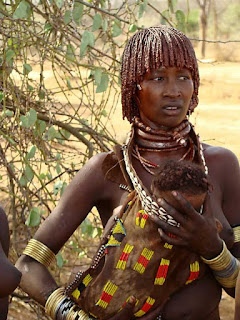TIP ON SUB-SAHARA WOMEN AND POVERTY
The first MDG was met 5years ahead of the scheduled time
wherein poverty was cut by half. It is understandable that satisfactory
progress has been made in reducing poverty but the global number of people
living in extreme poverty remains high. To make matters worse SDG1 aim of
ending poverty in all its forms everywhere might not be attained by 2030. More than
half of the extreme poor live in Sub-Sahara Africa, with the majority living in
rural areas. Recent highlights indicate that it is even becoming more difficult
to reach those living in extreme poverty due the countries and area they live
in. In April 2013, the World Bank set a new goal to end extreme poverty in a generation
i.e. no more than 3% of the world’s population living below $1.90 per day by
2030.
Poverty is manifested through hunger, lack of shelter,
illiteracy, inadequate health care etc. African women contribute substantially
to the economic activities and development but the quality of their lives is clearly
worse especially for those in rural areas. The realities of gender inequality
in Africa is ‘’diminishing citizenship’’ of women, which is in turn reflected
in gender based violence (Hazel M. Mcferson). Women continue to suffer in
poverty due to unequal power relations between men and women. Bad governance
only turns to escalate the situations.
Women in Sub-Sahara Africa continue to suffer and live under
deplorable conditions with no access to basic amenities like water, food,
shelter, and clothing. The reduction of poverty amongst women cannot be realized
if lack of income, lack of opportunity and lack of access are not treated. Good
governance wherein the political economy of each state is fair and just, socio-traditional
structures and their practices deconstructed and re designed with programs to
reduce poverty, specific conditions of women in different groups being taken strictly
into account and women empowerment projects are just the starting points of
handling the feminization of poverty.
Women are economic actors who produce and process food for
the family; they are the primary caretakers of the children, elderly and sick,
in fact, their income and labor is directed to household wellbeing yet, they
face significant constraints in maximizing their productivity and as such,
poverty keeps elevating with severe consequences for women.
WELISANE MAAGBOR






Comments